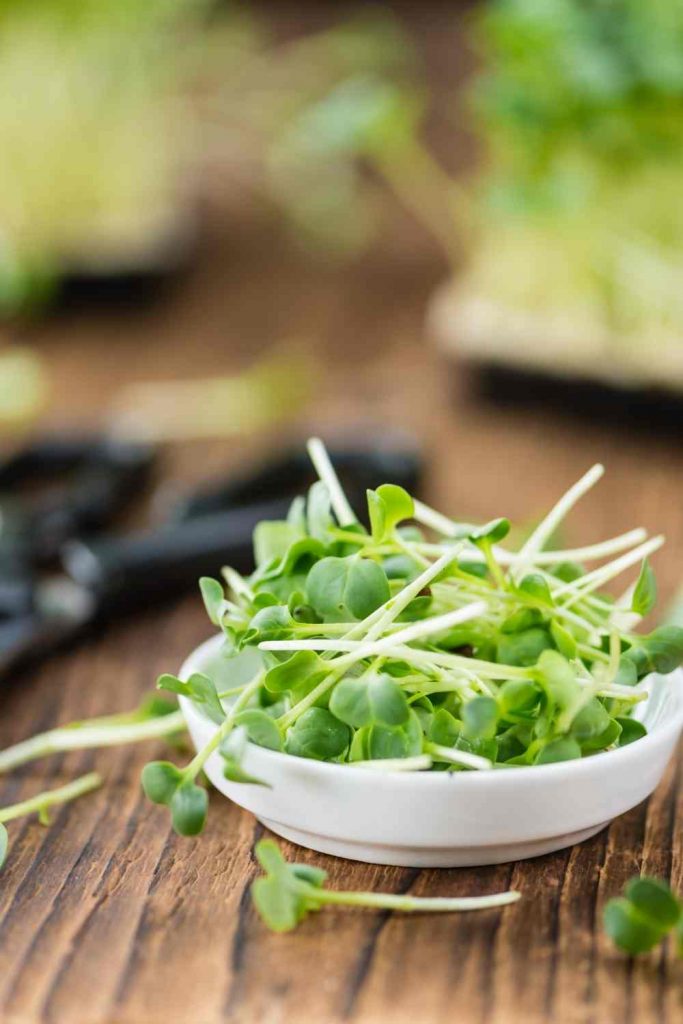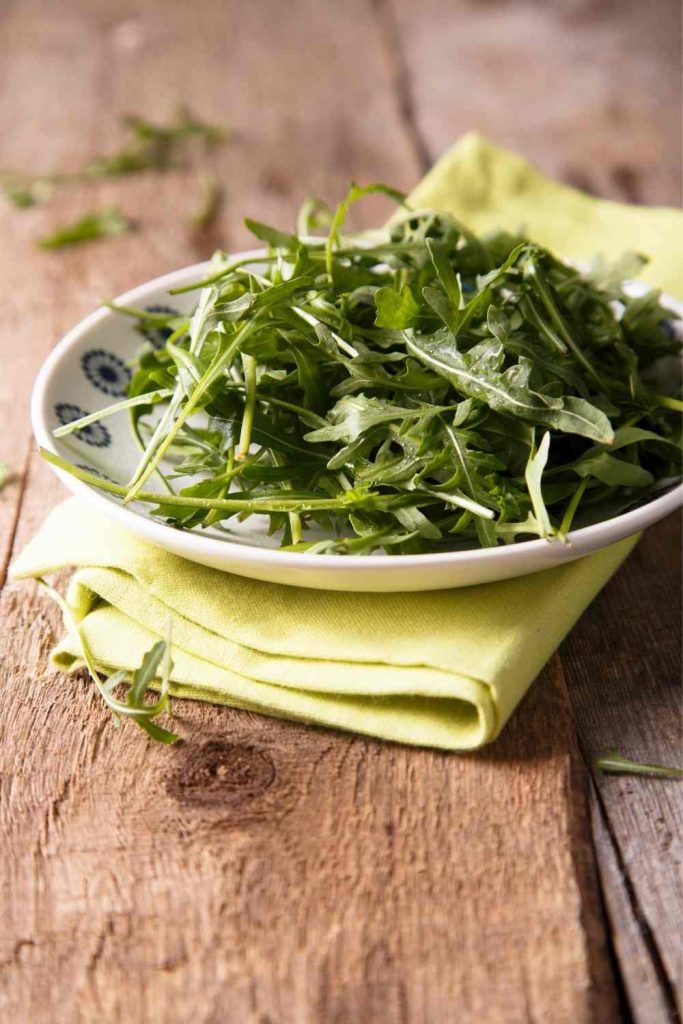Everyone knows that eating leafy green vegetables is one of the healthiest foods we can consume. However, we often can't determine how to prepare them, and they frequently end up in salads.
If you're tired of salads and want to spice up your selection of leafy green veggies and how you consume them, go no further than the recipes below.
This article discusses the 10 healthiest leafy green veggies, as well as 10 different ways to consume them, excluding salads.
Rest assured that each of the options below, in no particular order, is high in nutritional content, minerals, vitamins, and antioxidants, as well as health benefits.
10 Healthiest Leafy Green Vegetables That Are Good For You
Jump to:
1. Kale
The leaves of kale, often known as leaf cabbage (it belongs to the cabbage family), are edible. It is high in minerals, antioxidants, and vitamins, especially vitamins A, C, and K, and provides all of the health advantages that come with them.

Cooking Kale decreases the nutritional profile of the vegetable, thus it's preferable to consume it fresh. Juice it or combine it into a veggie smoothie.
2. Microgreens
Microgreens are young greens collected before their first embryonic leaves emerge (not to be confused with shoots or sprouts). They're made from a range of green vegetables, herbs, and other plants by growers.
They're tasty and nutrient-dense, including vitamins C, E, and K.

Microgreens may be cultivated at home all year, making them readily accessible. They're ideal for serving as garnishes. Salads, sandwiches, tacos, pizzas, and soups are all good places to put them. Treat them in the same way as you would lettuce or sprouts.
3. Spinach
Persia gave birth to spinach, a prominent leafy green vegetables.
Spinach may be eaten raw or cooked in a number of ways. Serve with garlic in a stir-fry, folded up in spaghetti, or combined into a pesto.

Spinach is high in nutrients, such as Vitamin C, calcium, and potassium, while also being low in calories. It's also a good source of folate, which may help prevent birth defects like spina bifida.
4. Cabbage
Cabbage comes in a variety of hues, including purples, whites, and greens, and has thick leaves.
It has a lot of minerals and vitamins and is linked to broccoli, cauliflower, and Brussel sprouts. Roast it, stir-fry it, toss it in a salad, or use it in a curry.

You may also make sauerkraut (fermented raw cabbage with an unique sour flavour) from cabbage, which has extra health advantages and may be ideal for your stomach.
5. Romaine Lettuce
The popular lettuce is romaine or cos lettuce. It grows in a towering head with solid ribs running down the middle of the leaves.
Although lettuce is typically used in salads, it may be cooked in the same way as any other green. Try it in a meat and bean stew.

It's high in vitamins A and K, and research suggests it may help lower cholesterol and lower the risk of heart disease.
6. Beet Greens
The appetising crimson stems and leaves of the beet are known as beet greens. They may be served as a side dish or added to salads, soups, or sauteed dishes.

They're high in minerals, iron, B and C vitamins, as well as antioxidants that may help with eye health.
7. Watercress
Watercress is one of the oldest leaf vegetables known to man, and it has been used in herbal medicine for millennia.
It has a bitter, somewhat peppery taste and is a perfect accent to meals with a neutral flavour. Use it on a sandwich with a cooked egg, in a watercress soup, or ground into a pesto.

It is strong in potassium and vitamin A and grows quickly all year. It may aid with cancer therapy, according to several test-tube research.
8. Turnip Greens
Turnip greens are the turnip plant's green leafy tips. They're a cruciferous vegetable related to kale and broccoli that's strong in vitamins, especially A and C, and low in calories.

Braises and sautéed meals are great ways to use them.
They have been shown in studies to lower stress in the body, as well as the risk of heart disease, cancer, and inflammation.
9. Swiss Chard
Swiss chard, like beets and spinach, is a leafy green vegetable with a somewhat bitter taste. It has a vibrant hue and is often used in Mediterranean cuisine.

While many people discard the stems of the Swiss chard plant, they are crisp and packed with nutrients. Soups, stews, and casseroles may all benefit from the use of all portions of the plant.
Syringic acid, a flavonoid found in Swiss chard, has been shown to help lower blood sugar levels.
10. Arugula
Arugula is a peppery-flavored leafy green vegetable. Salad rocket, rucola, and Italian cress are some of the names given to it.

It's often served raw in salads or as a pizza topping, but it may also be cooked and used in soups, pasta, and other recipes.
It's high in vitamins and naturally occurring nitrates, which help to lower blood pressure and improve circulation.




